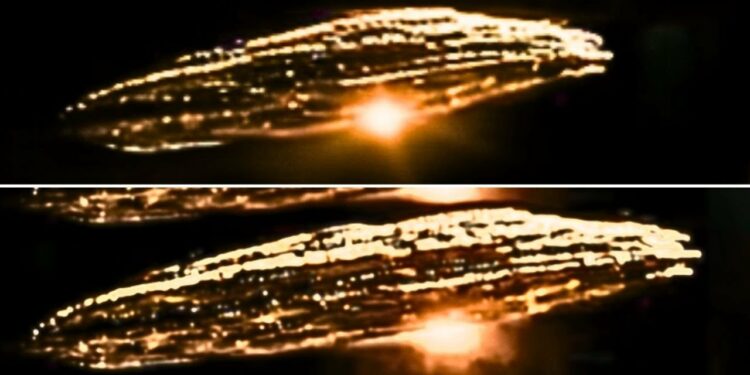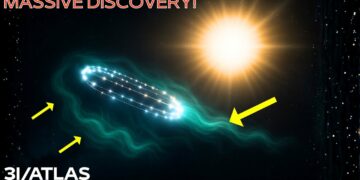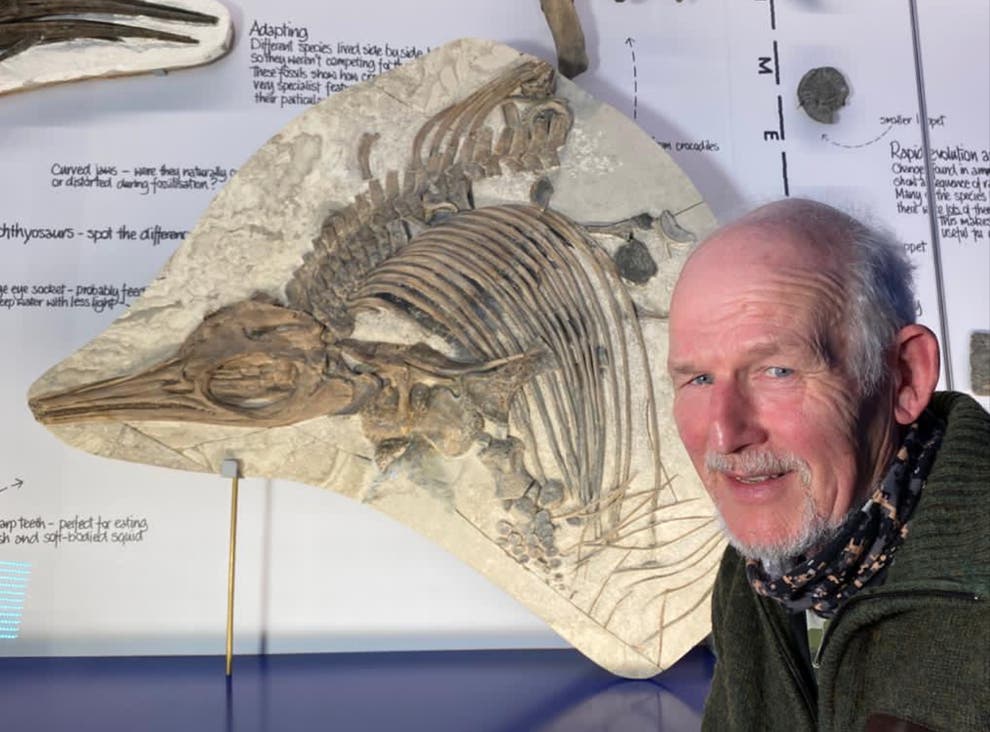The more scientists study this newly discovered interstellar object, the more peculiar it appears. A mysterious visitor is speeding toward Earth at 137,000 mph (61 km/s relative to the Sun), making it the fastest-moving object in our solar system. Is it an alien spacecraft, a comet, or something else? Researchers are baffled. Currently, the object is about 2.56 astronomical units from the Sun, well within Jupiter’s orbit, and is approaching its perihelion, the closest point to the Sun, expected in late October 2025. Intriguingly, it originates from the Sagittarius constellation, the same region of the sky where mysterious radio signals, including the famous 1977 WOW signal—a strong, unexplained radio burst—were previously detected. The fact that this object, dubbed “Three-Eye Atlas,” comes from this direction has captured significant attention.
Recently, the object has exhibited unusual behavior and properties, prompting scientists to take it more seriously. They emphasize the need to monitor it closely with powerful telescopes when it makes its closest approach to Mars on October 3, 2025. This Manhattan-sized object is hurtling through our solar system, raising questions about its nature: is it a comet, an asteroid, or something artificial? Some astrophysicists suggest it could be a craft of extraterrestrial origin.
Observations using the Very Large Telescope in Chile revealed something odd in the object’s gas cloud. Typically, when cosmic rocks or dust are heated by the Sun, they release iron and nickel together, as these elements are formed in stars and supernovae and are usually mixed in cosmic material. However, in Three-Eye Atlas, scientists detected nickel gas but no iron gas—an highly unusual finding. This anomaly raises questions: why is nickel present without iron? Could something be selectively releasing nickel while trapping iron?
Another peculiarity is the presence of cyanide in the object’s gas plume. While cyanide is not uncommon in comets, the pattern observed here is striking. As Three-Eye Atlas approaches the Sun, the levels of nickel and cyanide increase sharply, far faster than predicted by the standard model of cometary ice sublimation (where ice turns directly into gas). This suggests an unusual release mechanism beyond the typical behavior of comets heating up in sunlight. Harvard professor Avi Loeb proposes that this gas signature might indicate an artificial origin, possibly from engineered materials like metallic coatings or adhesives that release nickel or cyanide under solar heat in ways natural comets do not.
Additionally, scientists detected an unusually high amount of carbon dioxide emanating from the object, which further deviates from typical comet behavior. According to Loeb, this could support the idea of an industrial or engineered origin. Even more surprising, there are signs that the object may be producing its own light, an unexpected trait for a comet-like body. Some speculate this could indicate a nuclear-powered alien spacecraft. If the object’s light is merely reflected sunlight, it would need to be larger than Manhattan Island to account for its brightness.
The object’s trajectory is also remarkable. Unlike most interstellar objects, which enter our solar system at random angles, Three-Eye Atlas follows a path almost perfectly aligned with the ecliptic—the plane in which the planets orbit. This rare alignment, which allows the object to pass close to multiple planets, resembles the carefully planned trajectory of humanity’s Voyager spacecraft. Notably, it will never come close to Earth, and during its perihelion, Earth will be on the opposite side of the Sun, keeping us safely distant. Some scientists suggest this precise path could indicate an intentional design, possibly a spacecraft disguised as a natural comet to blend into the cosmic background.
This idea aligns with the Dark Forest Hypothesis, which posits that advanced civilizations might explore discreetly, hiding behind natural-looking objects like comets or asteroids to avoid detection in a potentially dangerous universe. The object’s origin in the Sagittarius constellation, a region associated with mysterious radio signals for decades, adds to the speculation that it could be a deliberate visitor.
Scientists plan to observe Three-Eye Atlas closely when it passes near Mars on October 3, 2025. NASA’s Mars Reconnaissance Orbiter, equipped with the HiRISE camera, will attempt to capture images, potentially resolving details as small as 30 km per pixel. While not sharp enough for fine features, these images could confirm whether the object emits its own light. Other missions, like NASA’s Psyche and ESA’s JUICE probe, may also observe it in late 2025. This could mark the first time an interstellar object is imaged from another planet.
This isn’t the first mysterious interstellar visitor. In 2017, ‘Oumuamua, the first known interstellar object, puzzled scientists with its elongated shape, unexplained acceleration, and lack of a visible tail, defying typical comet or asteroid behavior. Despite these anomalies, the scientific community largely dismissed it as natural, and by the time researchers like Avi Loeb suggested it might be artificial, it had already left the solar system, making further study impossible. Three-Eye Atlas offers a second chance to investigate an object with similarly strange characteristics, and scientists are determined not to miss this opportunity.























